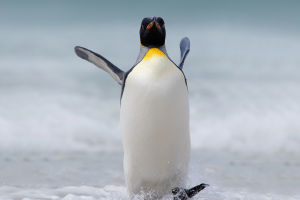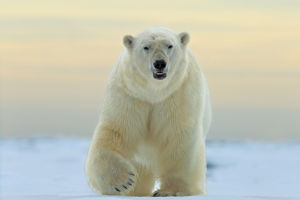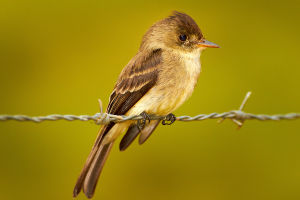Hey Lykkers! Cheetahs are often celebrated as the fastest land animals on Earth, capable of reaching speeds up to 75 miles per hour in short bursts covering distances of 500 meters.
Their unique adaptations for speed, combined with their striking appearance and intriguing behavior, make cheetahs some of the most fascinating creatures in the animal kingdom
Let's delves into the biology, hunting techniques, social structures, and conservation status of cheetahs, highlighting the importance of protecting these magnificent creatures.
Physical Characteristics
Cheetahs possess a unique physical structure that enables them to achieve remarkable speeds. Their slender bodies, long legs, and flexible spine are adapted for sprinting. With a lightweight, streamlined physique, cheetahs minimize air resistance, allowing for rapid movement. Long, muscular legs provide powerful acceleration, while their small heads reduce drag, which helps during high-speed chases.
Hunting Techniques
Cheetahs are primarily diurnal hunters, meaning they hunt during the day. Their hunting strategy relies on a combination of stealth, speed, and agility. Using keen eyesight, they can spot potential prey from a distance and stalk their target, often utilizing the cover of tall grass or bushes to get as close as possible before launching their attack. They can accelerate from 0 to 60 miles per hour in just a few seconds, but this burst of speed can only be maintained for a short distance, usually around 20 to 30 seconds.
Social Structure and Behavior
Unlike many other big cats, cheetahs have a unique social structure. While they are generally solitary animals, they can form small groups. Male cheetahs often establish coalitions with their brothers, helping each other defend territories and increase hunting success. Female cheetahs, on the other hand, are typically solitary, raising their cubs alone. They establish home ranges and often move between different territories in search of food and shelter.
Conservation Status
Cheetah populations are currently facing significant threats, leading to a decline in their numbers. The International Union for Conservation of Nature (IUCN) classifies cheetahs as vulnerable, with populations decreasing due to various factors. One of the most significant challenges is habitat loss caused by human encroachment on natural landscapes. As agricultural practices expand and urban development increases, cheetah habitats are fragmented and reduced.
Conservation Efforts
Numerous organizations and initiatives are dedicated to the conservation of cheetahs and their habitats. Establishing protected areas is a key strategy to provide safe habitats for cheetahs and their prey. Marine protected areas and wildlife reserves help limit human activities that could negatively impact cheetah populations. Awareness campaigns and ecotourism initiatives encourage responsible practices that benefit both penguins and their habitats.
Cheetahs are not only remarkable for their speed but also for their unique social structures and behaviors. As they face numerous challenges in the wild, the importance of conservation efforts cannot be overstated. By supporting initiatives that protect cheetah habitats and promote coexistence with human communities, it can help ensure that these enchanting creatures continue to roam the plains for generations to come.


